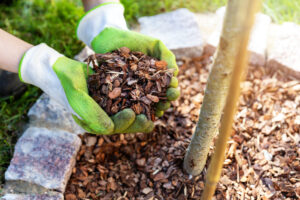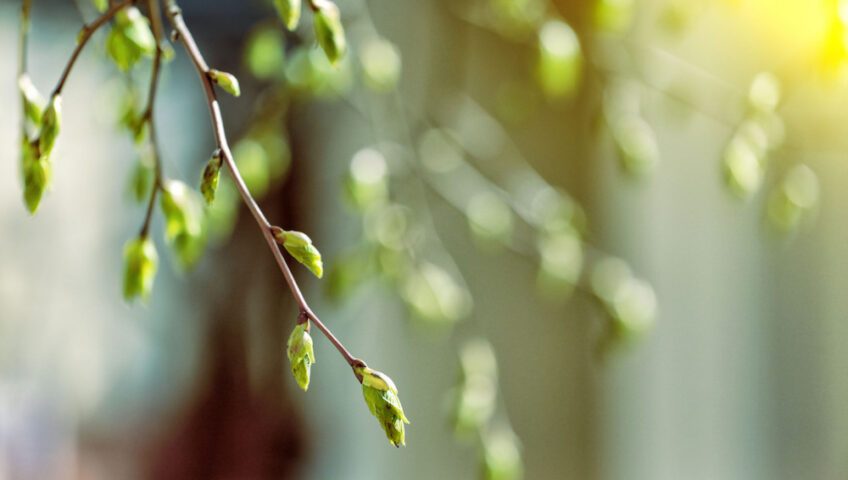All of us who live in Minnesota know how harsh and unforgiving the winters can be. Something you might not realize, however, is that trees can suffer during the winter, too. Extreme cold weather, sunscald, and the build-up of snow and ice on trunks and branches can leave your trees in poor health by the time spring finally arrives. As sturdy as trees are, sometimes it takes a little help from us for them to fully rejuvenate in springtime. If you’d like to learn how to revitalize your trees this spring, keep on reading.

4 Ways to Foster Good Tree Health in Spring
- Look for Damage – Even the biggest trees can suffer damage during the winter in Minnesota due to sub-zero temperatures and heavy snow accumulation. When winter is over and the snow has melted, inspect your trees for any signs of damage caused by winter weather, such as broken branches, split bark, or frost cracks. If you find any severely damaged branches, prune them from the tree to allow healing to commence and prevent further stress to the tree. Pruning can also improve air circulation and reduce the risk of pest and disease infestations, which often target damaged branches.
- Lay Down Mulch – Mulch does much more than just improve the appearance of your landscape. A layer of 2 to 4 inches of mulch around the base of a tree insulates the soil, protecting the trees’ root system from extreme temperatures that can occur in Minnesota, and also conserves moisture to keep the tree hydrated even during scorching summer weather. Applying a layer of organic mulch around the base of your trees can also suppress weed growth, preventing competition for nutrients. Just make sure to keep the mulch a few inches away from the trunk to prevent rot and pest infestations.
- Keep Them Hydrated – Adequate watering is crucial for tree recovery in spring, especially after a particularly dry winter in Minnesota or if the tree is located in an open area that experiences a lot of wind and direct sunlight. Begin watering your trees as soon as the ground has thawed. Pay special attention to trees that are young or newly planted, as they tend to be the thirstiest. Continue deep watering your trees once a week during dry spells to replenish moisture in the soil and encourage root growth. Since their root system is still growing, newly planted trees may need to be watered even more regularly if it isn’t raining.
- Use Fertilizer – Fertilize your trees in early spring to provide them with the essential nutrients needed for growth and recovery. Trees are fed by macronutrients and micronutrients found in the soil but, in early spring when the ground is just thawing, they may need some extra nutrients. Choose a slow-release, balanced fertilizer specifically formulated for trees, and follow the manufacturer’s instructions for application rates. Properly applying fertilizer will help your trees to fully revitalize and flourish post-winter, but too much fertilizer can actually be detrimental to their health.
Need Help with Spring Tree Care?
Helping your trees rebound and thrive in spring can be accomplished more easily with advice and assistance from trained arborists. Call Pro Tree today if you’re looking for professional tree care services in the Twin Cities metro area!


Write a Comment